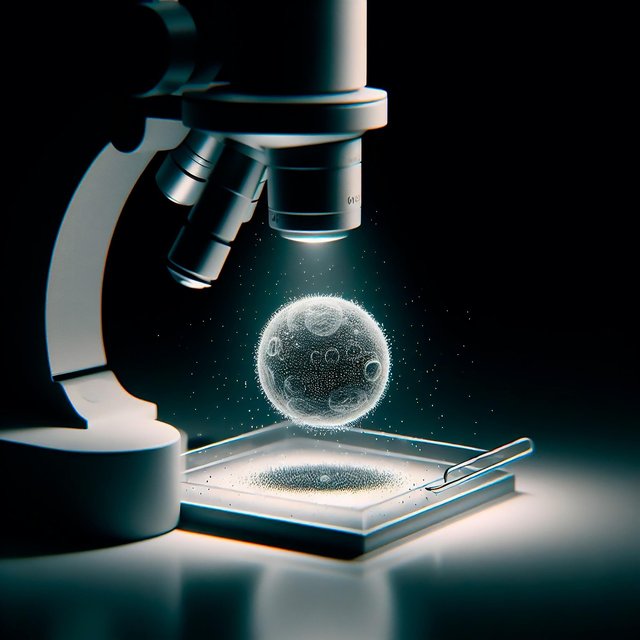Bacteria Found on Space Station- Extremeophiles in Action
Pixabay Image
In college, we learned about Extremeophiles, which are a classification of bacteria surviving in extreme environments. Bacteria exist in the most inhospitable environments on Earth including volcanoes, undersea vents and extremely salty environments. Space was once seen as void of life, but new bacteria found in the inhospitable void are running counter to this belief.
A previously unknown bacteria called Niakkia tiangongensis was discovered on the Chinese space station Tiangong which can survive in the extreme and inhospitable environment of space. This bacteria was discovered by scientists in 2023 and is being studied along with other similar Extremeophiles discovered on other space missions. Space may be harsh on life, but many organisms can fill the void of this niche.
Space and space stations pose danger to organisms from radiation and reduced gravity. The recently discovered bacteria Niakkia has been observed repairing its DNA and producing film that protects itself. This is a great example of life adapting to its environment and that life adaptats to fill niches in harsh environments.
As a desert dweller, I observe many organisms that have adapted to extreme niches. It's no surprise to me that life, especially single-celled life would be found in space and the most dangerous and inhospitable environments.
Sources:
